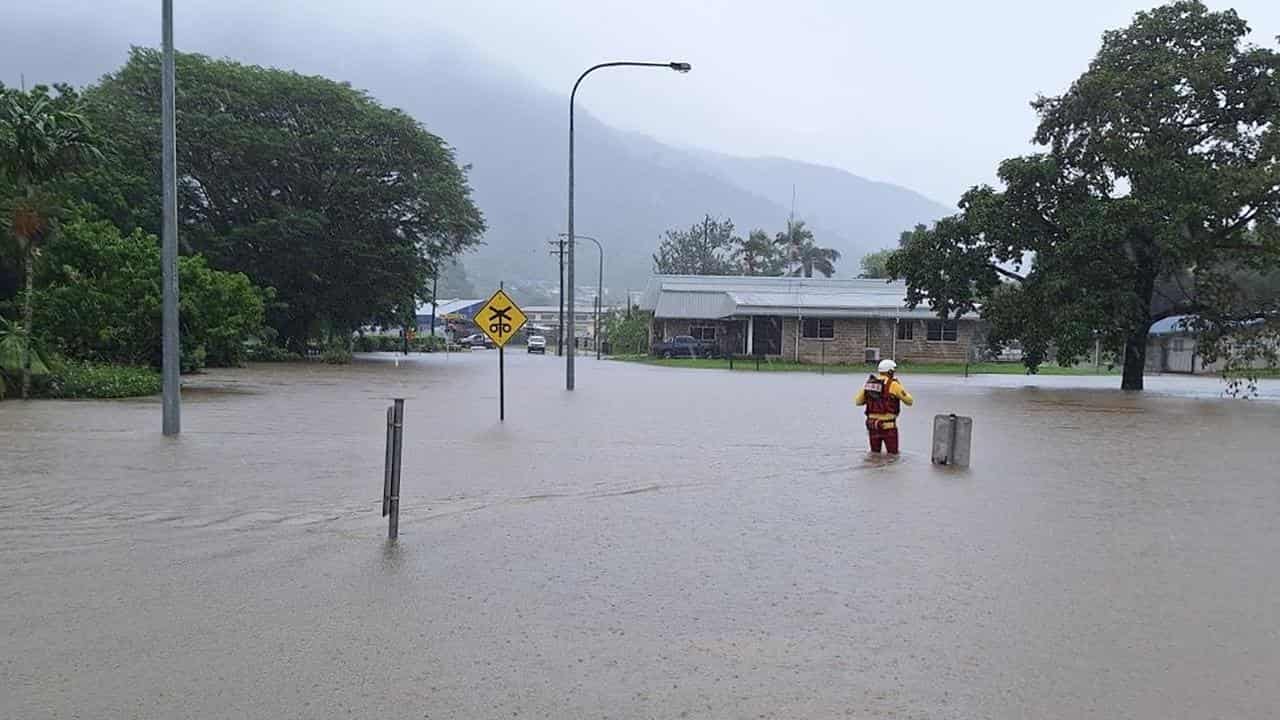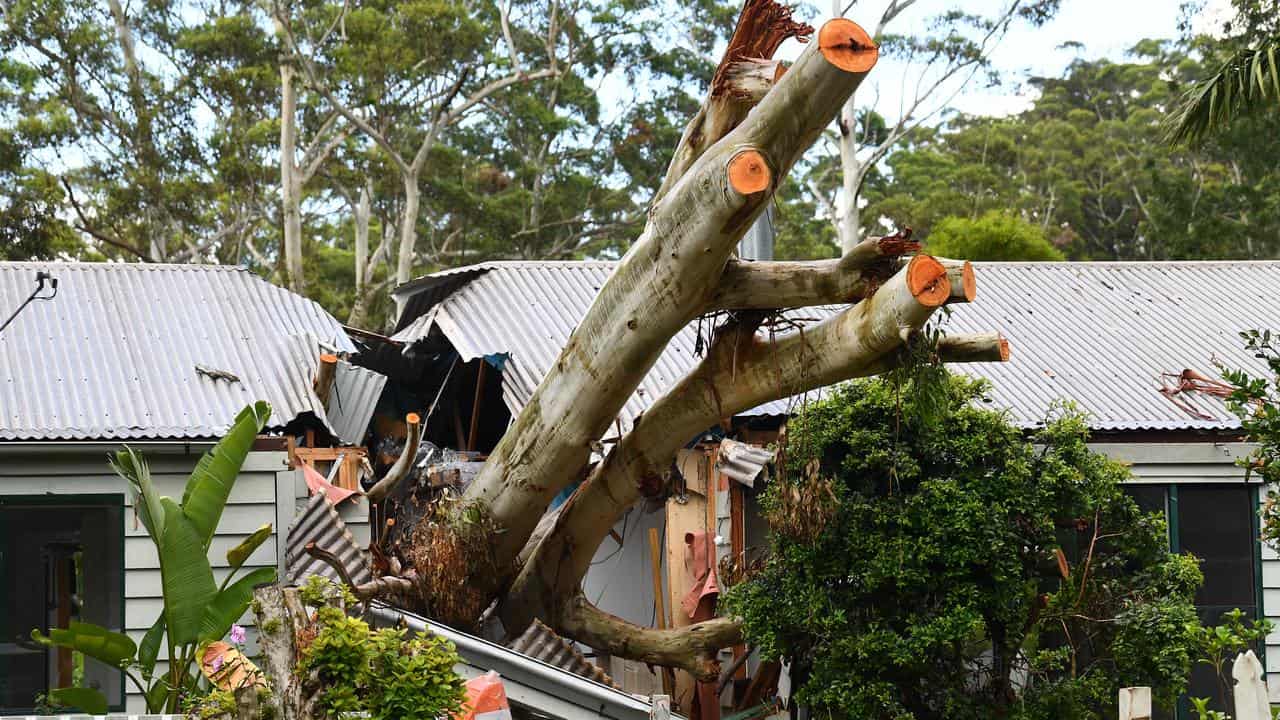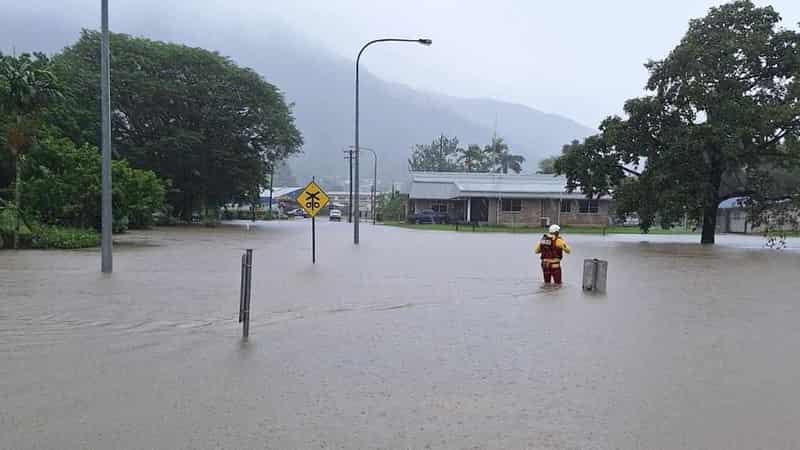
Insurance claims linked to extreme weather events, such as flooding, flatlined in the last financial year, as flood events dominated again.
Providers paid out $2.2 billion in claims from extreme weather events in 2023/24, in line with the previous year, data from the Insurance Council of Australia show.
The costliest extreme weather event was in southeast Queensland.
The Christmas storms in the Gold Coast hinterland, which spread to parts of NSW and Victoria, resulted in $1.33 billion worth of claims.
The event with the biggest impact on individual customers was tropical cyclone Jasper which hit far north Queensland in mid-December.
The average claim was $36,000, almost three times the average for Christmas storms.
Flooding is Australia's most costly natural peril, the council said with about 1.2 million properties facing some level of flood risk.

Around 230,000 properties have a one in 20 chance of a flooding each year, while 420,000 face a one in 50 or one in 100 annual chance of flooding.
Council CEO Andrew Hall said that translates to higher premiums which can lead to a growing protection gap.
"In the last few years Australian policymakers have started to think more seriously about this issue, and in many ways we are leading the world in our approach to extreme weather risk mitigation and insurers’ product offerings," he said in a statement on Monday.
"But we need to redouble our efforts if we are to manage the impact of worsening extreme weather amid a changing climate."
The council also calculated that the impact of extreme weather on the national economy had more than tripled over the past 30 years.
Insured losses from declared insurance catastrophes have grown from 0.2 of gross domestic product from 1995 to 2000 to 0.7 per cent for the past five years.
The means extreme weather losses are consuming more economic resources.
In monetary terms, over the last 30 years insurers paid an average of $2.1 billion per year to customers.
But in the last five years the average annual cost of extreme weather claims has more than doubled to $4.5 billion, driven largely by the growing cost of flooding.
Total premiums collected by insurers have grown from $50 billion in 2012 to $86 billion in 2023.
But insurer profits have not kept pace, remaining flat over that period, the council added.









